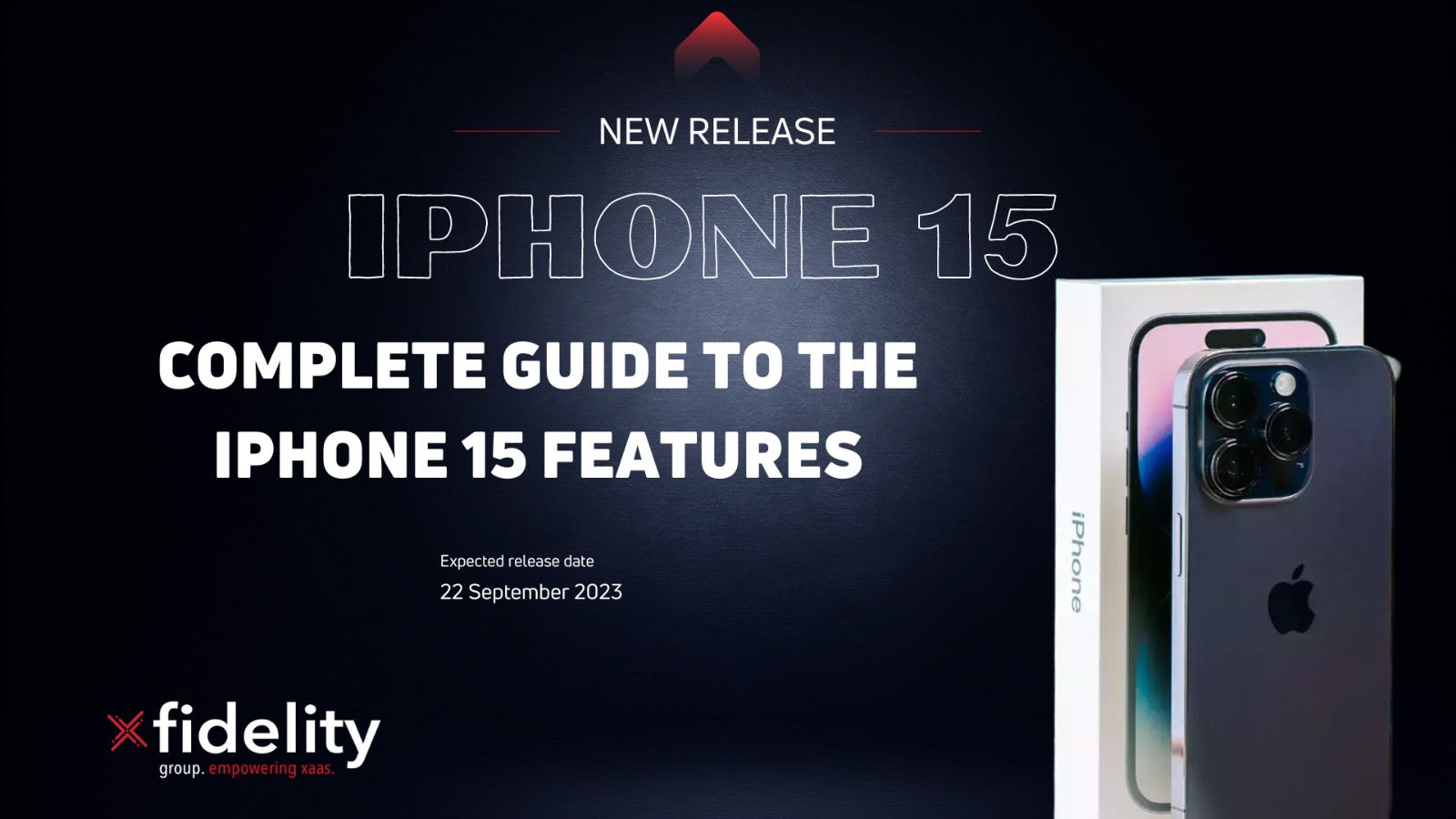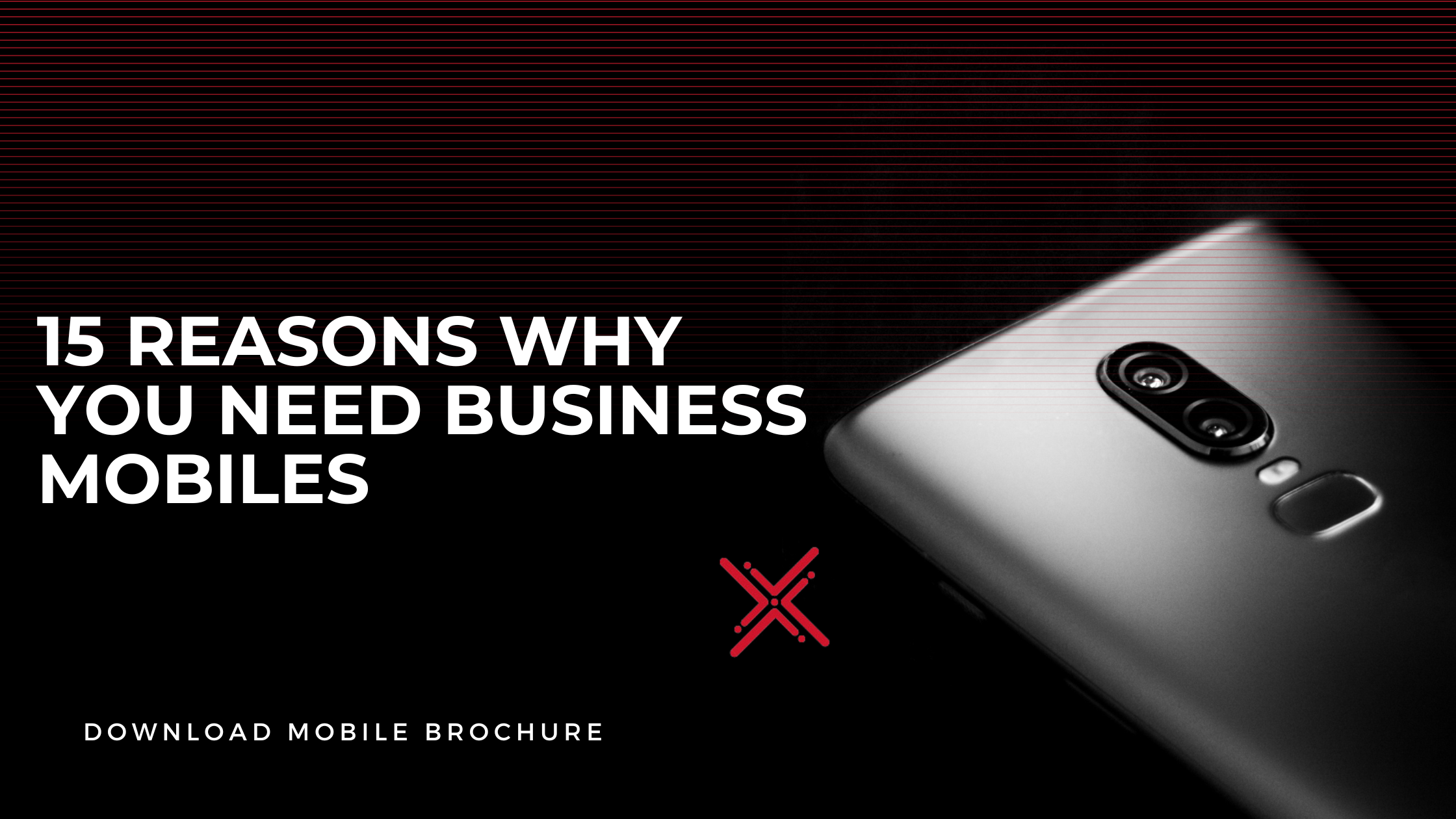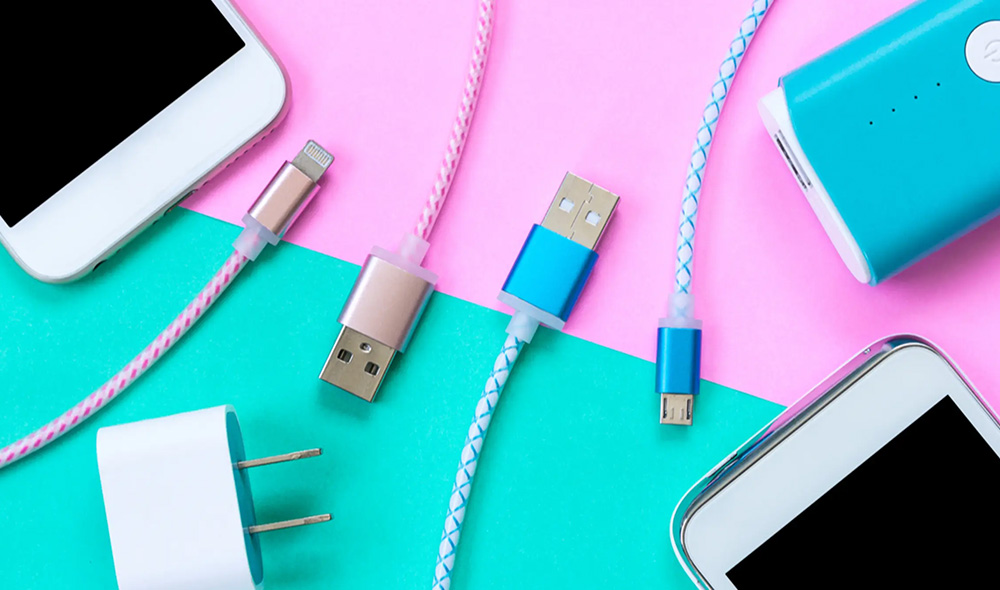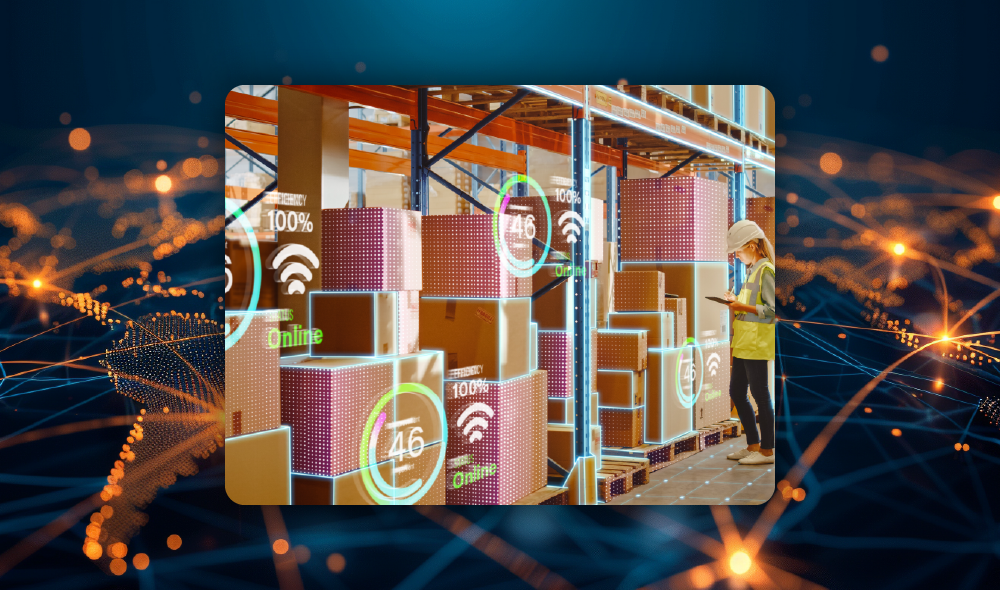With the autumn series fast approaching, rugby fans are excitedly buzzing as Freddie Thomas and Blair Murray—two uncapped players—join the Wales squad. Like a business upgrading its communication system, these new faces could catalyse something great in the matches ahead. Whether against Fiji, Australia, or South Africa, team dynamics can make all the difference. But it’s not just on the pitch where the right connections matter—solid communication is the backbone of any winning strategy, whether in rugby or the office.
Freddie Thomas, a Gloucester lock who has switched allegiance from England to Wales thanks to his Welsh grandparents, embodies the idea of adaptability—something we often see in business as well. Much like a hosted VoIP system, which allows a business to remain flexible and scale up as needed, Thomas brings experience from different teams and levels of play. His ability to slot seamlessly into the Welsh squad mirrors how VoIP integrates smoothly into business operations, ensuring every team member is connected and working toward the same goal.
Then there’s Blair Murray, the Scarlets wing, who qualifies for Wales through his mother, adding that bit of versatility every team craves. Just as a rugby winger needs to be quick on his feet and ready to react to whatever the game throws at him, your communication tools should be just as agile. With hosted VoIP, whether in the office or on the move, you’re always connected—much like a winger on the edge of the field, ready to catch that key pass and sprint for the try line. In business, as in rugby, staying connected no matter where you are can turn the tide in your favour.
Tackling Tough Opposition—On and Off the Field
Much like Wales will face formidable opponents in Fiji, Australia, and South Africa, businesses face their own challenges in today’s competitive environment. Success comes down to quick decision-making, solid communication, and seamless teamwork on the rugby pitch. This is where rugby and telecoms cross paths—without clear, reliable communication, even the best strategies can fall apart.
Just as Warren Gatland relies on players like Dewi Lake and Jac Morgan to lead the team, businesses rely on strong leadership to coordinate efforts. VoIP systems serve as the playmaker in a business environment, directing calls, forwarding important information, and ensuring no message gets dropped—much like a scrum-half setting up the play for a perfectly timed attack.
Training the Next Generation—And Keeping Teams Connected
Rugby teams constantly evolve, bringing in fresh talent while relying on experienced players to guide the way. This balance of experience and innovation is critical both in rugby and business. For Wales, uncapped players like Thomas and Murray represent the future of Welsh rugby, and their development will be crucial to the team’s long-term success. Likewise, a modern telecom system keeps businesses connected, allowing new employees to seamlessly integrate and benefit from the wisdom of more seasoned team members.
Remember how Rhodri Williams, after more than a decade, was recalled to the squad? It’s a reminder that staying in touch, even after years of absence, can lead to unexpected returns—just as VoIP allows businesses to reconnect with clients, no matter how long it’s been.
The Final Whistle—Prepare for Victory
Whether you’re preparing for a tough match or a challenging quarter in business, the fundamentals remain the same: teamwork, communication, and adaptability. The Wales rugby squad is gearing up for their autumn test series, with experienced players and newcomers ready to work together toward a common goal. Similarly, businesses that invest in robust communication systems, like hosted VoIP, can ensure their teams remain agile and united—ready to tackle whatever comes their way.
As we look forward to Wales taking on Fiji, Australia, and South Africa, remember that strong communication and reliable connections—whether in rugby or telecoms—are always the keys to success.
Wales Squad for the 2024 Autumn Series
Forwards:
- Nicky Smith
- Gareth Thomas
- Kemsley Mathias
- Ryan Elias
- Dewi Lake (captain)
- Evan Lloyd
- Henry Thomas
- Keiron Assiratti
- Archie Griffin
- Freddie Thomas
- Christ Tshiunza
- Ben Carter
- Will Rowlands
- Adam Beard
- Taine Plumtree
- James Botham
- Jac Morgan
- Tommy Reffell
- Aaron Wainwright
Backs:
- Tomos Williams
- Rhodri Williams
- Ellis Bevan
- Sam Costelow
- Gareth Anscombe
- Ben Thomas
- Nick Tompkins
- Max Llewellyn
- Eddie James
- Owen Watkin
- Mason Grady
- Blair Murray
- Rio Dyer
- Josh Hathaway
- Tom Rogers
- Cameron Winnett
Let’s Talk Rugby and Telecom!
Want to chat about the Wales squad, upcoming matches, or how the right communication tools can help your business score a try? Book a call with me using my calendar link here so we can discuss all things rugby and telecoms! Let’s see how your local Welsh legend can help you make the right connections—both on the field and in your business!











